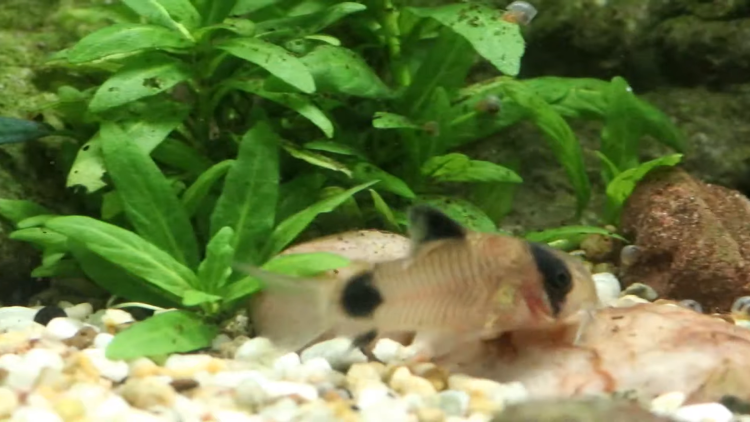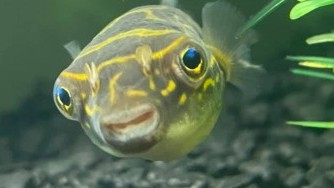Seahorse: A 360-degree Guide
- Oct 22, 2021
- Anshika Mishra
- 174 0 0

Seahorses are all members of the genus Hippocampus. There are 45 different species, but only a handful are kept in aquariums. One great thing about seahorses is, they are available as captive-bred specimens. Therefore, there is no need to catch them from the wild for our aquariums.
Seahorse: Good for Your Tank?
Seahorses can make great animals keep in a species-specific tank. They do well in groups, they have interesting social interactions, and many species are widely available as captive-bred specimens. They are also very easy to breed, unlike most aquarium fish.
Though many species of seahorses are available in the hobby, a beginner usually tends to have the most lunch with Hippocampus Erectus. It is a large, hardy species that is also easy to breed if you choose to do so. Other good species start with Hippocampus Reidi or Hippocampus Comes.
You can find many beginner-friendly seahorse collections for your tank, but you should remember to research what you are buying before buying it, just like any fish you want.
Seahorse: Things You Need to Know
Seahorses don't have scales. Because of this, they are particularly susceptible to damage from crabs, another sharp or pointed object in their tank. In addition, cuts and abrasions lead to infections, which are never easy to treat in a reef tank.
Seahorses don't have stomachs, so they need to be fed more than just once a day. However, like Anthias, they will appreciate several small feedings throughout the day. Thawed frozen Mysis shrimp is a great food source for seahorses.
They are also messy, picky eaters, and this, combined with multiple feeding every day, is a recipe for poor water quality. You will need to target feed your seahorses, so make sure you have a turkey baster or rigid airline tubing or something like that, which can be used for the purpose.
Seahorses will do best away from busy, high-traffic areas in your home, and they appreciate calm tanks with the turbulent but not overly strong flow because they are not superfood swimmers. Be certain though, that you protect any pumps that you use in your seahorse tanks as they can easily get stuck to the pump input, or even worse, they can get their tail cut off when trying to hitch onto the grate around a pump.
You do need to have enough flow for other plants and animals that you want to keep in your tank, and you should also have enough flow to keep the food suspended in the water while feeding your seahorses. So at the very least, you want to set up the tanks at the lowest in the tank to prevent dead spots in the water where food will gather and decompose.
Tank Size
You need to have a 30-gallon tank for every seahorse pair, and a 60-gallon cube will be perfect for a small group of seahorses. It meets the minimum size requirement, and it also has a large surface area which allows a to fo oxygen exchange into the water.
Seahorses don't have traditional gills like a tang to a clown fish does. Instead of being arranged in layers like in other fish, their gills grow more like just tufts. Because of this, their gills are less efficient at oxygen uptake. Therefore, a small vertical tank will not be very well suited for them because of the lack of surface area unless you take extra precautions to ensure the high level of dissolved oxygen that they require.
Water Temperature
Common seahorses like the Hippocampus Erectus will do best with water temperatures in the low 70s, lower than most of our reef tanks. This requirement is made easier if you consider that seahorse tanks often don't need a strong light source. Instead, you only need light for the other thing you put into the tank.
The lower temperature provides two advantages, and it matches the wild environment of the wild, discourages bacteria growth, and slows the decomposition of uneaten food.
Decorations
Tanks can be aquascape with live rocks, macroalgae, and other soft corals. Seahorses will particularly appreciate algae adn soft corals that are branching so that they can hitch amongst the branches. If you have ever wanted to try a bare bottom tank, it is a great place for seahorses.
Microalgae in the display are particularly helpful for seahorse tanks because they provide a hitching location and absorb nutrients from leftover food as it grows. You can also use artificial decorations in your tank, things like plastic hands, artificial corals, and plants.






About author